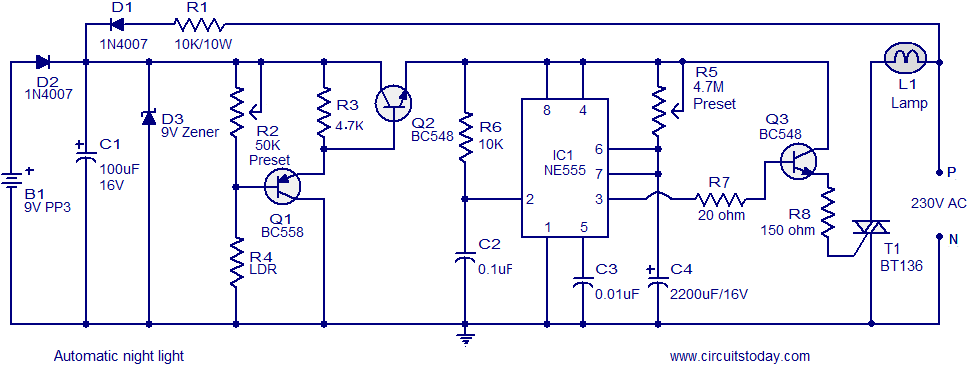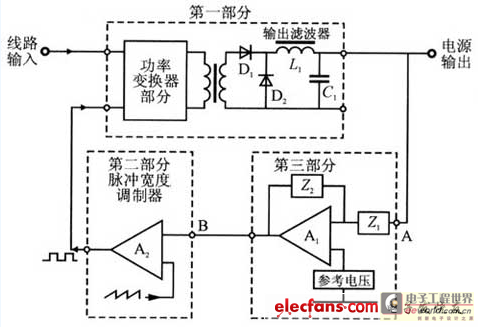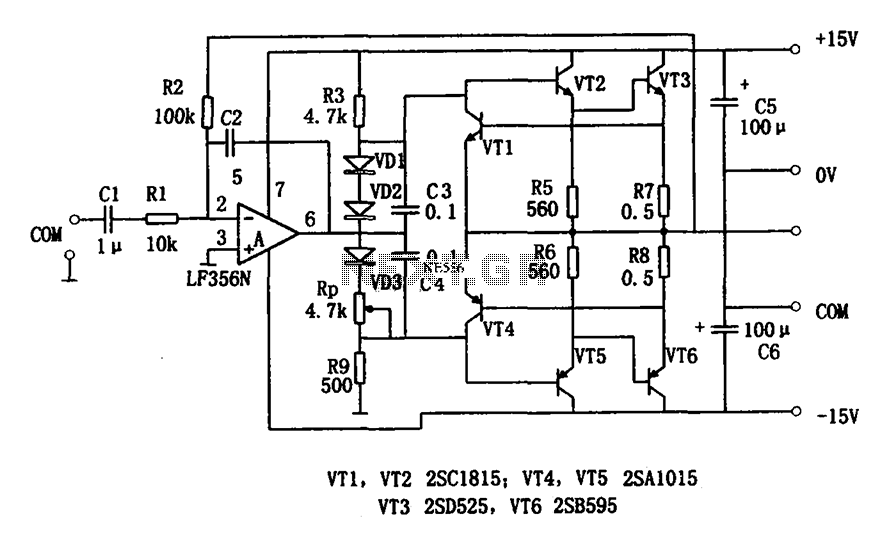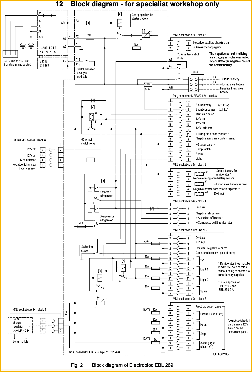
Switch Mode Power Supply
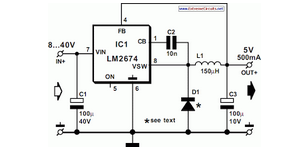
National Semiconductor has been producing and designing integrated circuits (ICs) for use in switch-mode power supplies for many years. The application of these devices is standard.
National Semiconductor has established a significant presence in the design and manufacturing of integrated circuits specifically tailored for switch-mode power supply applications. These ICs are essential components in modern power management systems, providing efficient voltage regulation and energy conversion. The switch-mode power supply (SMPS) technology allows for high efficiency, reduced power loss, and compact designs, making it suitable for a wide range of applications from consumer electronics to industrial systems.
The integrated circuits developed by National Semiconductor typically include features such as pulse-width modulation (PWM), feedback control, and protection mechanisms against overvoltage and overcurrent conditions. These features ensure reliable operation and enhance the performance of power supplies by maintaining output voltage stability under varying load conditions.
In a typical schematic for a switch-mode power supply utilizing National Semiconductor's ICs, the following components are often included:
1. **Input Capacitor**: This component smooths out fluctuations in the input voltage, providing a stable DC voltage to the converter.
2. **Inductor**: An essential element in the energy storage and transfer process, the inductor helps in converting the input voltage to a higher or lower output voltage, depending on the configuration of the SMPS.
3. **Switching Device**: This is usually a power MOSFET or a bipolar junction transistor (BJT) controlled by the PWM signal generated by the IC. It rapidly turns on and off to regulate the output voltage.
4. **Diode**: A flyback or Schottky diode is incorporated to allow current to flow in one direction during the off-state of the switching device, preventing reverse current that could damage the circuit.
5. **Output Capacitor**: This component smooths the output voltage and reduces ripple, ensuring a stable voltage supply to the load.
6. **Feedback Network**: A resistive divider or an opto-isolator is often used to provide feedback to the IC, allowing it to adjust the PWM signal based on the output voltage, thus maintaining regulation.
The design of the circuit must also consider thermal management, as the components can generate significant heat during operation. Adequate heat sinking and ventilation should be integrated into the design to ensure reliability and longevity of the power supply.
In summary, the integrated circuits produced by National Semiconductor are pivotal in the development of efficient and compact switch-mode power supplies, contributing to advancements in various electronic applications. Their robust features and reliable performance make them a preferred choice among engineers designing power management systems.National Semiconductor has been producing and designing ICs for use in switch-mode power supplies for many years. The application of these devices is norm.. 🔗 External reference
National Semiconductor has established a significant presence in the design and manufacturing of integrated circuits specifically tailored for switch-mode power supply applications. These ICs are essential components in modern power management systems, providing efficient voltage regulation and energy conversion. The switch-mode power supply (SMPS) technology allows for high efficiency, reduced power loss, and compact designs, making it suitable for a wide range of applications from consumer electronics to industrial systems.
The integrated circuits developed by National Semiconductor typically include features such as pulse-width modulation (PWM), feedback control, and protection mechanisms against overvoltage and overcurrent conditions. These features ensure reliable operation and enhance the performance of power supplies by maintaining output voltage stability under varying load conditions.
In a typical schematic for a switch-mode power supply utilizing National Semiconductor's ICs, the following components are often included:
1. **Input Capacitor**: This component smooths out fluctuations in the input voltage, providing a stable DC voltage to the converter.
2. **Inductor**: An essential element in the energy storage and transfer process, the inductor helps in converting the input voltage to a higher or lower output voltage, depending on the configuration of the SMPS.
3. **Switching Device**: This is usually a power MOSFET or a bipolar junction transistor (BJT) controlled by the PWM signal generated by the IC. It rapidly turns on and off to regulate the output voltage.
4. **Diode**: A flyback or Schottky diode is incorporated to allow current to flow in one direction during the off-state of the switching device, preventing reverse current that could damage the circuit.
5. **Output Capacitor**: This component smooths the output voltage and reduces ripple, ensuring a stable voltage supply to the load.
6. **Feedback Network**: A resistive divider or an opto-isolator is often used to provide feedback to the IC, allowing it to adjust the PWM signal based on the output voltage, thus maintaining regulation.
The design of the circuit must also consider thermal management, as the components can generate significant heat during operation. Adequate heat sinking and ventilation should be integrated into the design to ensure reliability and longevity of the power supply.
In summary, the integrated circuits produced by National Semiconductor are pivotal in the development of efficient and compact switch-mode power supplies, contributing to advancements in various electronic applications. Their robust features and reliable performance make them a preferred choice among engineers designing power management systems.National Semiconductor has been producing and designing ICs for use in switch-mode power supplies for many years. The application of these devices is norm.. 🔗 External reference


